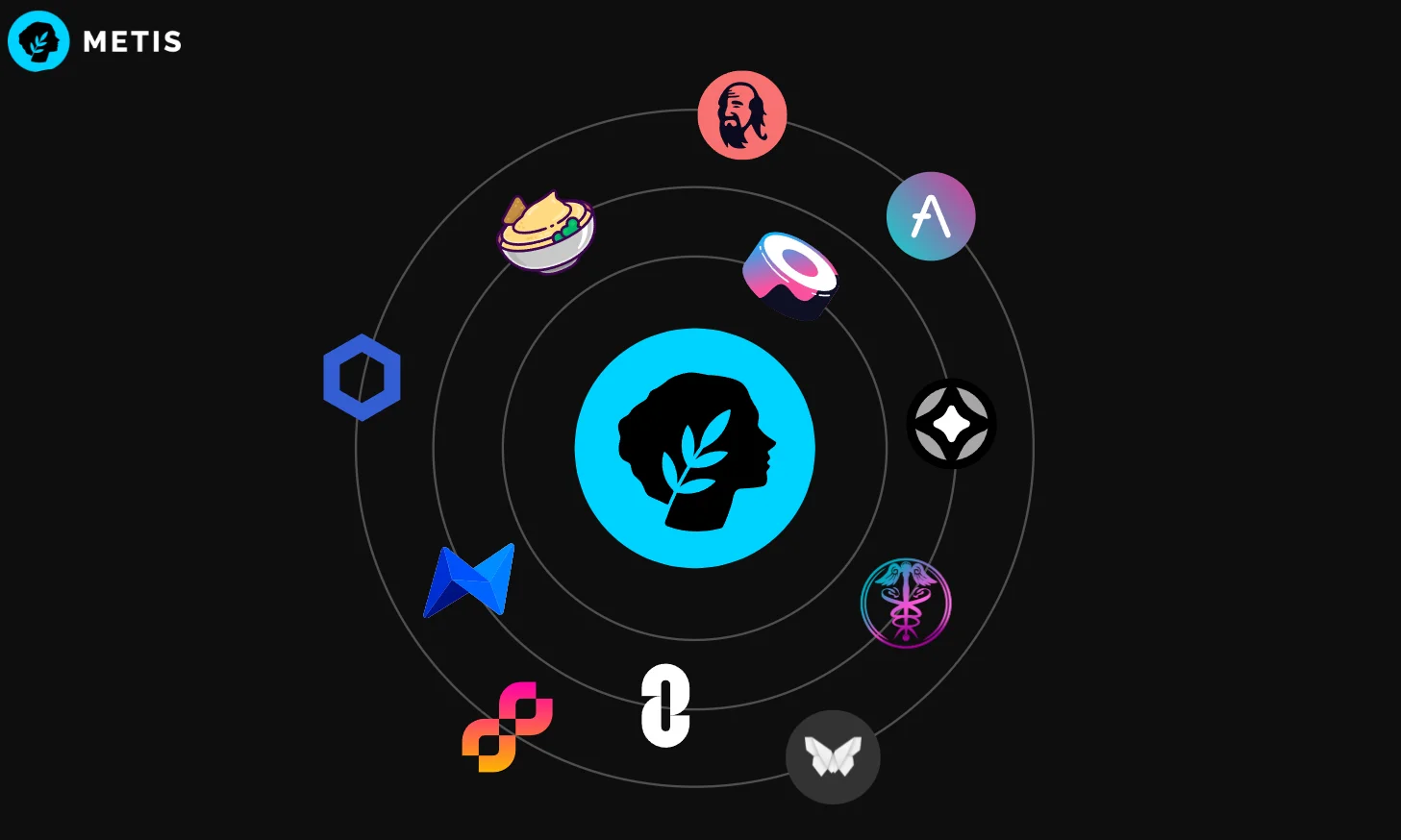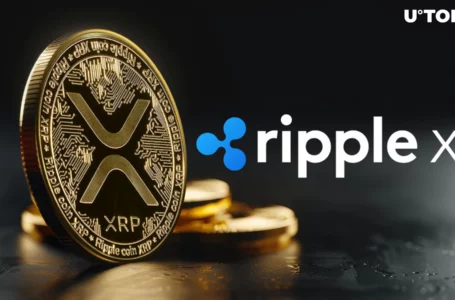
Metis DAO (METIS) provides a streamlined way for projects to integrate community governance systems into their business models. The platform seeks to drive web3 adoption by making it easy for anyone to add a DAO to their next project. In This way, Metis wants to drive decentralization and leverage its unique positioning as one of only a few DAO infrastructure providers.
Metis is a pioneer in the DAO service provider market. It has secured $1.03B TVL (total value locked), supported +14M transactions, and has +702K wallets currently connected. This growth demonstrates a strong demand by users and developers to access Metis tools to create and manage DAOs and Dapps with more transparency.
What is a DAO?
A DAO (Decentralized Autonomous Organization) is a term that refers to a series of smart contracts set up to direct a project or business. These protocols use a proposal and voting system that enables every user to participate in the direction of the platform. DAOs are very popular today because they help to keep a project’s community involved in its development.
What Problems Does Metis DAO (Metis) Attempt to Fix?
Metis DAO seeks to solve a variety of problems in and out of the blockchain space. Many see the use of DAOs as a more efficient way to run a corporation. DAOs eliminate personnel, emotion, and errors from the governance process.
Lack of Transparency
DAOs help to bring transparency to projects. These systems provide direct input from the community and help to eliminate any confusion regarding the direction of a project. For example, in most DAOs users can see votes in real time and access a history of past votes recorded on the blockchain.
Difficult Integrations
The concept of DAOs has been around for a while, but integrating one into a business has been a process until recently. Metis DAO solves this issue with the introduction of a toolset designed to streamline the integration process. Any Business can now use a DAO to improve efficiency.
High Gas Fees
Gas fees are a problem for many users and developers. These fees can get out of hand during high market congestion which can lead to platforms becoming unusable. Matis DAO leverages an L2 optimistic rollup structure to provide high performance and the ability to scale to meet the growing ecosystem’s needs.
Delayed Transactions
Transaction delays can cause Dapps to function incorrectly or provide inaccurate data to users. These problems are another side effect of congestion on the mainnet. Matis can handle thousands of transactions per second and can scale up thanks to its multi-layered architecture.
Benefits of Metis DAO (Metis)
Metis brings many benefits to the market via its flexible and programmable infrastructure. The protocol streamlines blockchain adoption by making adoption as easy as possible. Additionally, the system is set up to maximize efficiency as it uses no miners or energy-intensive protocols.
Scale Horizontally
One of the unique aspects of Metis is its ability to scale up and down on demand. The protocol can adjust block times and other vital aspects to reduce costs and increase transaction throughput. As such, many dapp developers have found Metis to be a low-cost solution.
EVM-compatible
Another plus for Metis is its EVM compatibility. Ethereum remains the dominant option for Dapp and DeFi creators. As such, developers can reduce the onboarding process for new users by making their protocols EVM-compatible. This designation means that platforms don’t need to get reprogrammed to bridge to Metis and take advantage of the lower fees.
Dapp Support
Metis was launched with strong support for cultivating a large Dapp community. The platform introduces many helpful tools that enhance development capabilities and reduce workloads. These tools include modules for creating DAOs and managing their operations.
It’s easy to customize governance structures, tokenomics, and smart contracts using Metis. This approach enables more users to participate in the creation process which drives innovation.
Staking
Staking systems are one of the best ways to secure returns without risking your original asset. The Metis staking protocol enables users to secure rewards for participating in network governance. Staking is a great option for new users because you can see exactly what your rewards will be at the end of the staking period.
How Does Metis DAO (Metis) Work?
Metis introduces the Ethereum layer-2 scaling solution, the Andromeda Network. This off-chain protocol separates the computational and transactional aspects of the network to improve performance. This structure leverages Optimistic rollups to keep the network valid.
Decentralized Autonomous Company (DAC)
Businesses and organizations can integrate Metis DAO into their models using a variety of techniques that are designed to be simple. Once integrated, the system can autonomously run day-to-day operations, host votes, and introduce potential upgrades.
Metis Virtual Machine (MVM)
The Metis Virtual Machine is a Turing complete decentralized protocol. This smart contract programmable decentralized system can handle complex Dapps and DeFi operations. It’s also fully EMV compatible.
Metis Bridge
Metis Bridge protocols make introducing assets into the network simple. The system eliminates technical boundaries so that anyone can bring assets from any blockchain network efficiently and with full transparency.
Token
METIS is the utility token for the platform. This token is used to set up DAOs, stake in the DAO, and pay network fees. It’s also a rewards token and can be traded on multiple exchanges. Notably, there are 100B METIS set for issuance throughout the life of the project.
Bottom Line
Metis makes leveraging a DAO a low-cost option for everyone. This approach enables more people to benefit from these systems while providing a new level of transparency. All of these factors help to drive adoption and improve Metis’ market position. As one of the only exclusive DAO infrastructure providers, Metis may be a project to keep tabs on moving forward.


















